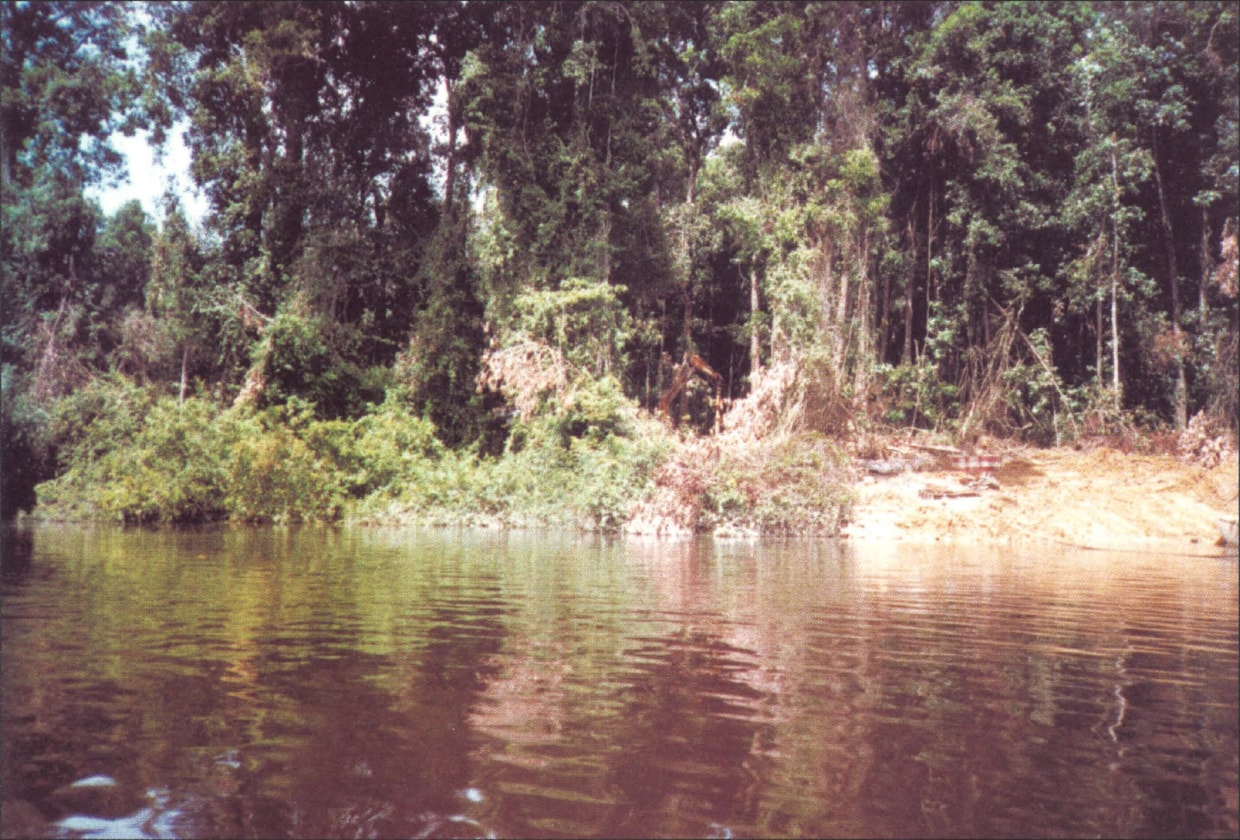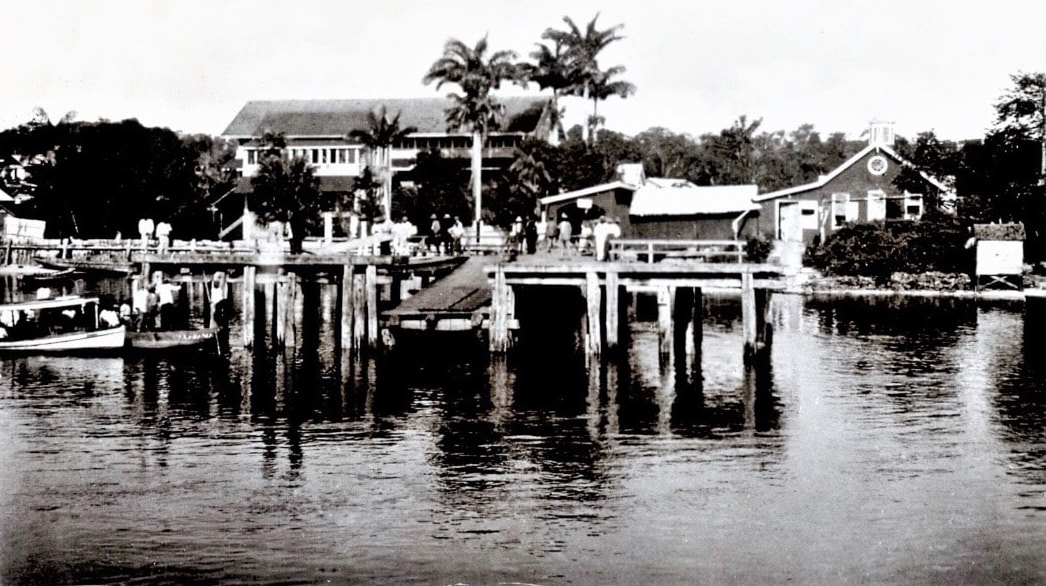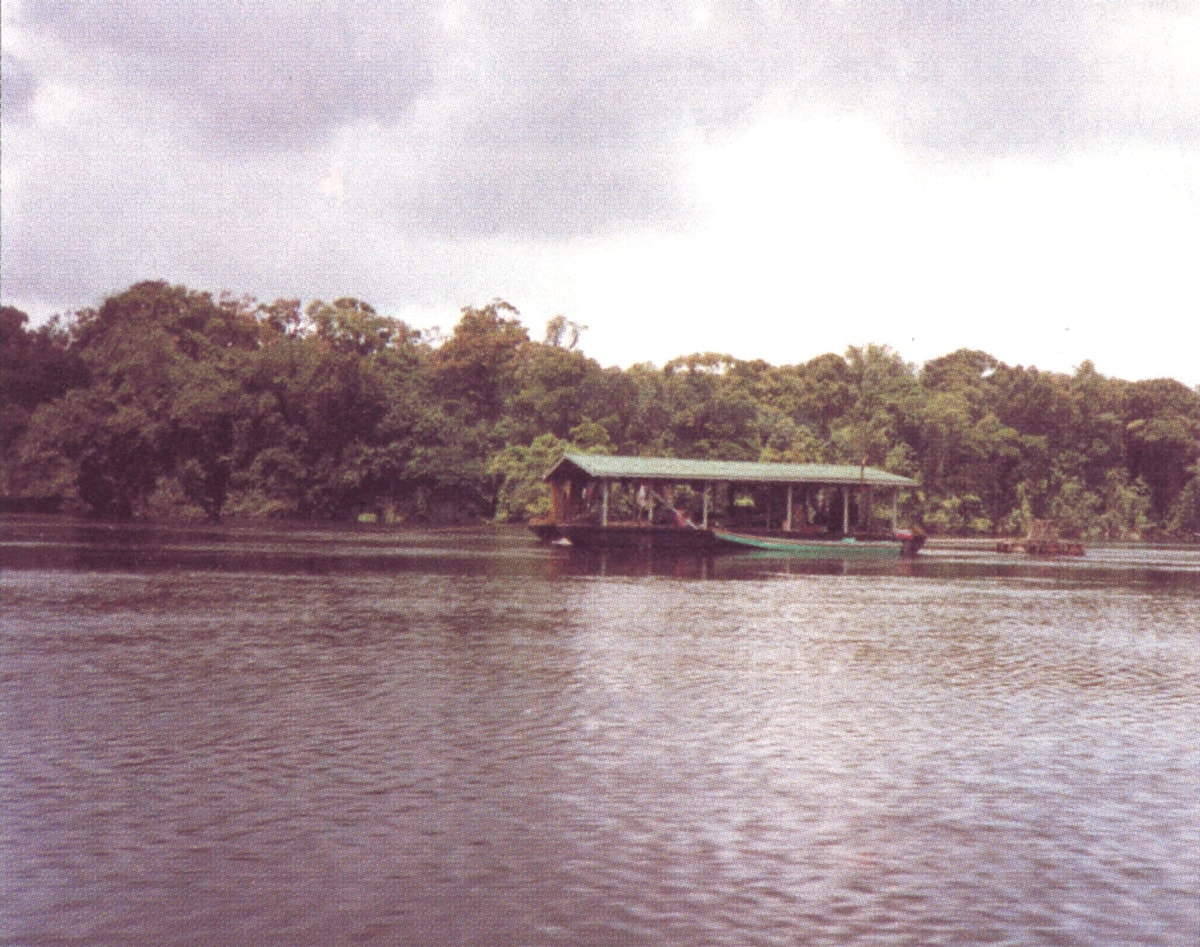HISTORY
AREMU ALLUVIAL GOLD RUSH
The Aremu Mine Area is one of two major historical producing mines within G2’s portfolio. The Aremu Mine Quartz Reef was first discovered by the Scotland Brothers in the early 1900s. From 1906-1911, the Scotland Brothers had more than 200 workers mining the area, producing approximately 6,488 oz Au from 14,632 tons (0.44 oz/t). Aremu was subjected to its first modern exploration program in 1947.
RAIN FOREST IN THE
AREMU PROPERTY, GUYANA
VIEW OF BARTICA,
GOLD AND DIAMON DISTRICT,
BRITISH GUIANA
Artisanal mining took place from the 1950s – 1990s, with freelance miners (colloquially termed ‘pork-knockers’) utilising hydraulic techniques. It was not until the 1990s that mechanization occurred, and mid-scale mining continued with open pit excavations. From the early 2000’s onwards, mid-scale miners of Guyana continued to advance mining technology with shaft sinking and high-grade underground workings.
GUYANA’S FIRST GOLD MINE
The Peters Mine deposit was discovered in 1904 and initially worked by a New York syndicate. A small tonnage was mined at comparatively high grades and from 1905 to 1910 Peters Mine produced approximately 41,915 ouces of gold (+1 oz/t Headgrade). A further attempt at mining occurred between 1915 and 1916, producing approximately 1,103 ounces. Prior to the construction and opening of the Omai Mine in 1993, the Peters Mine was the most developed and highest-grade deposit in Guyana. A historic USGS resource indicated 160K oz Au at 1 oz. / ton.
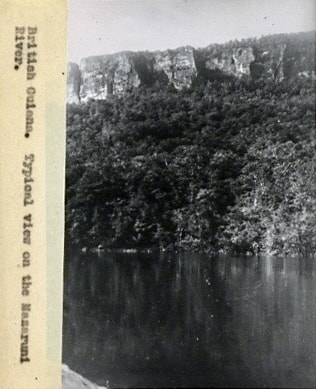
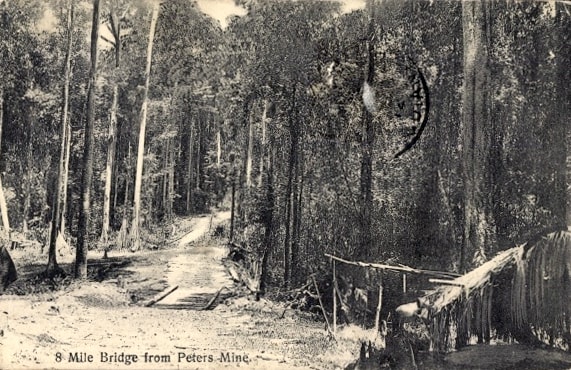
Geological mapping, sampling, and diamond drilling in the mid 1960’s was conducted at the Peters Mine property by the Geological Survey of Guyana, sponsored and funded by the USGS and United Nations. Importantly, three of the four drill holes at Peters Mine site intersected quartz veins and stringers, all containing visible gold at horizons below historical mine workings. In the late 1990’s Guyana Goldfields acquired the project and conducted limited drill programs, both as the Operator and the Optionor to WSR Gold; these work programs were concentrated in the Main Shaft (MS) area and returned significant intersections.
There have been several periods of exploration on the property. These include:
| Early 1960s | Airborne geophysical work by the United Nations Revolving Fund and the Guyana Geology and Mining Commission (GGMC) |
| 1960 | Drilling by the GGMC |
| 1968 & 1969 | Underground exploration by Lion Mines |
| 1987 | South American Goldfields ltd. and Homestake Mining Company completed an integrated exploration program on the property |
| 1996 | Guyana Goldfields acquired the property, completing several work programs prior to the year 2000 |


